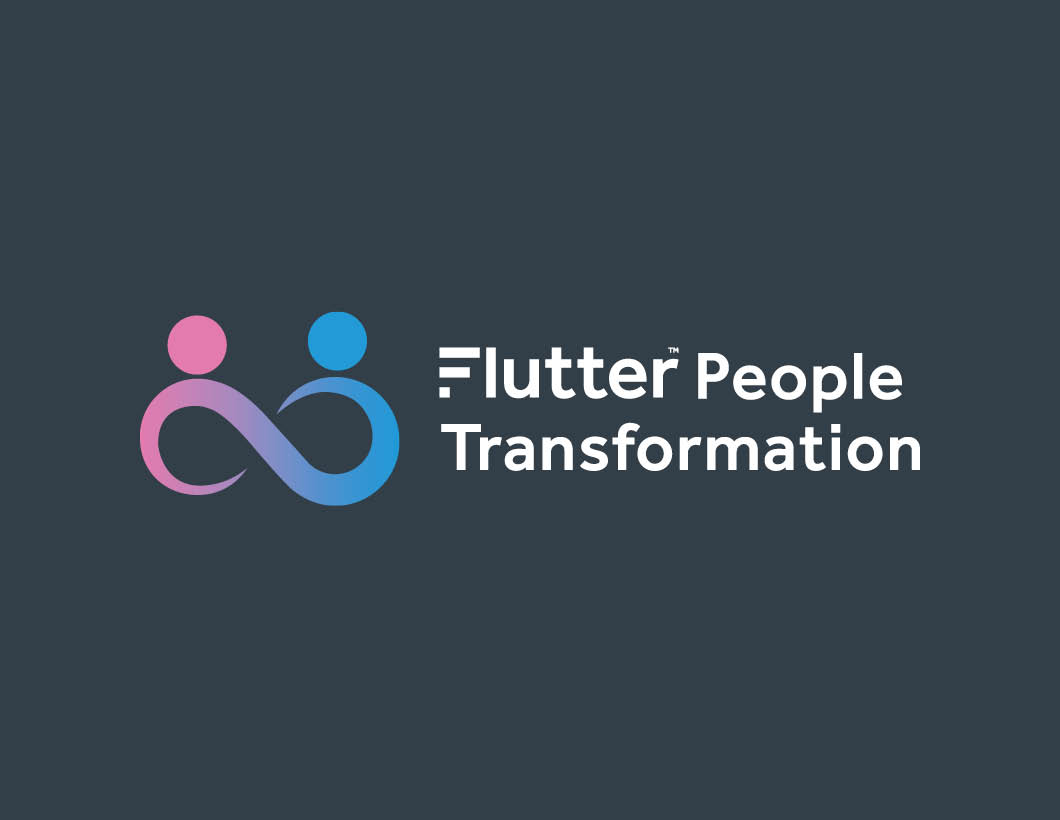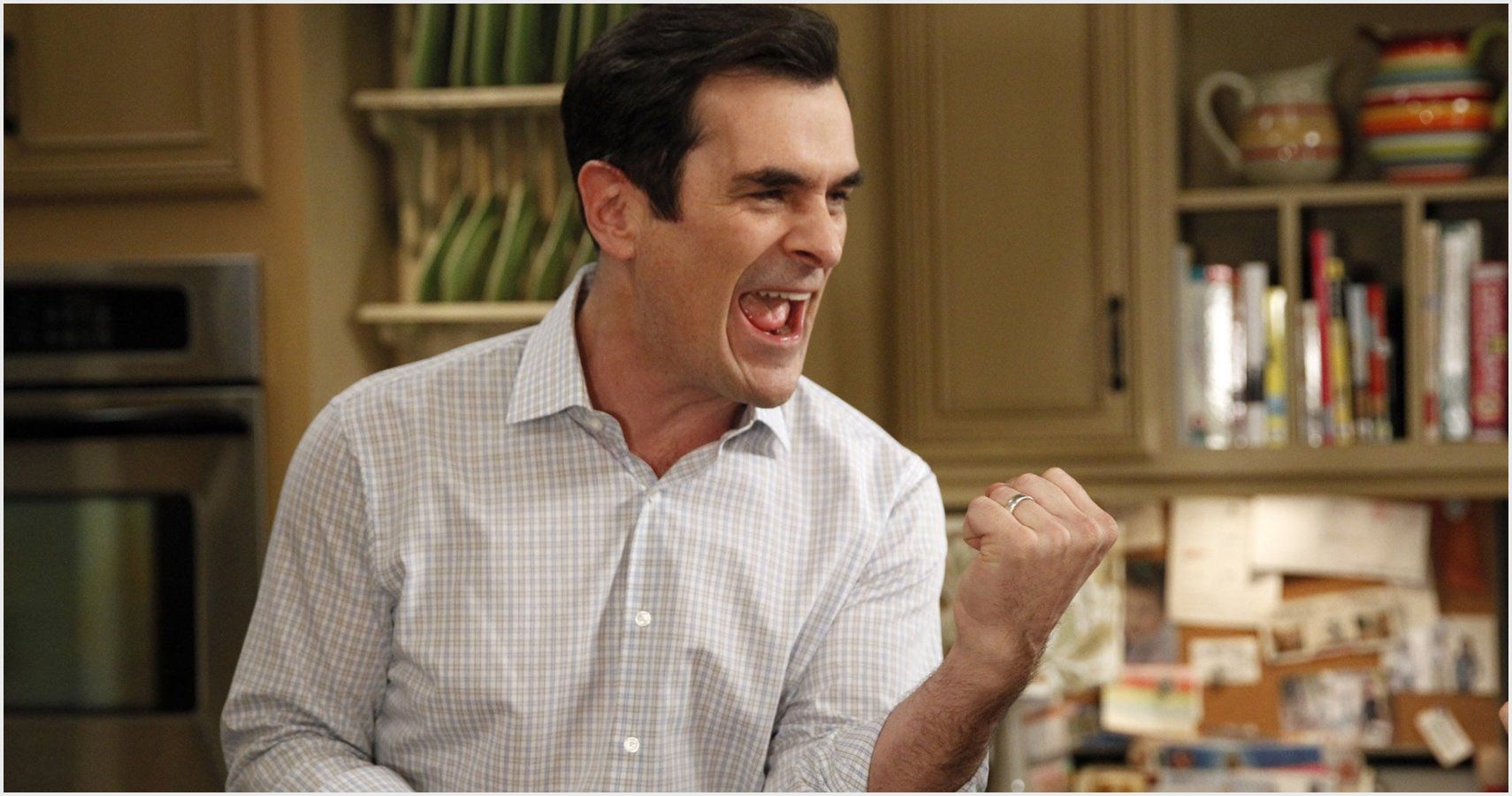Understanding Health-Related Fitness: What Matters Most and What Doesn’t
Introduction: Demystifying Health-Related Fitness
Health-related fitness is a foundational concept in wellness, crucial to both everyday function and long-term well-being. Yet, confusion persists about what truly constitutes health-related fitness, especially when evaluating the benefits of individual sports. In this article, we’ll clarify which elements belong to health-related fitness, address common misconceptions, and provide actionable steps for improving your physical health. We’ll also examine which aspects are not part of health-related fitness, and how to access reliable programs and resources for your personal wellness journey.
What Are the Core Components of Health-Related Fitness?
Health-related fitness is defined by five key components, each supported by extensive research and integrated into most educational and public health guidelines:
- Cardiovascular Endurance : This measures the efficiency of your heart, lungs, and blood vessels in supplying oxygen during sustained activity. High cardiovascular endurance is linked to a reduced risk of chronic diseases such as heart disease, diabetes, and hypertension, and supports activities like running, cycling, and swimming [1] .
- Muscular Strength : This is the maximum force a muscle or muscle group can exert in a single effort. Strength is critical for daily tasks, injury prevention, and long-term musculoskeletal health [2] .
- Muscular Endurance : Unlike strength, endurance is about how long muscles can perform repeated contractions. It’s essential for sustained activity, such as hiking or cycling long distances [3] .
- Flexibility : This refers to the range of motion around a joint. Good flexibility reduces injury risk, improves posture, and supports overall mobility [4] .
- Body Composition : This is the ratio of body fat to lean mass (muscle, bone, organs). It’s a critical indicator of health, with poor body composition linked to increased disease risk [1] .
These components create a holistic picture of physical health and should be incorporated into any well-rounded fitness program.
What Is
Not
a Component of Health-Related Fitness?
It’s equally important to recognize what is
not
considered a health-related fitness component. Many people confuse
skill-related
components of fitness-such as agility, speed, coordination, balance, power, and reaction time-with health-related ones. While these skills are vital for athletic performance, they do not directly impact long-term health in the same way as the five core components. For example, while
agility
is important for athletes, it is not necessary for daily health or the prevention of chronic diseases
[2]
.
If you encounter a multiple-choice question like “Which of the following is NOT a component of health-related fitness?” and options include agility, the correct answer would be agility . Other skill-related elements like speed or power would also be correct if found among the choices.
Physical Health Outcomes from Individual Sports: What’s Included?
Participating in individual sports can improve various aspects of physical health. These typically include:
- Increased Cardiovascular Endurance : Sports like swimming, running, and cycling elevate heart and lung efficiency.
- Improved Muscular Strength and Endurance : Activities such as tennis, rowing, or climbing challenge multiple muscle groups, promoting both strength and stamina.
- Enhanced Flexibility : Gymnastics, martial arts, and yoga-based sports can greatly increase joint range of motion.
- Better Body Composition : Regular participation in physical activities helps reduce body fat and build lean muscle mass.
However, some commonly assumed benefits may not be universally derived from individual sports. For instance, social connectedness -while present in group sports-is not a guaranteed outcome in solo activities. Similarly, skill-related attributes like quick reaction time or advanced agility may not develop unless the sport specifically targets them.
What Is Typically
Not
Derived from Individual Sports?
While individual sports deliver clear health benefits, there are aspects they may not address:
- Agility, Power, or Speed (Skill-Related Components) : Unless the sport focuses specifically on these areas (e.g., sprinting for speed), participants may not develop them to a significant degree [2] .
- Social Skills and Teamwork : Unlike team sports, most individual sports do not inherently foster group cooperation or social development. If your goal is to build interpersonal skills, consider supplementing individual activities with group-based exercise or community classes.
- Comprehensive Skill Development : Some individual sports are highly specialized. For example, distance running may build cardiovascular endurance but has limited impact on upper body strength or complex motor coordination.
When evaluating the physical health benefits of individual sports, be aware of these limitations and consider cross-training or social opportunities as needed.

Source: ru.wikipedia.org
How to Access Health-Related Fitness Resources and Programs
Improving health-related fitness is achievable with the right approach. Here are practical steps for accessing relevant resources and programs:
- Assess Your Current Fitness : Many public health agencies and fitness organizations provide free assessment tools. For example, you can check with your local YMCA, fitness center, or university recreation department for fitness evaluations.
- Set Specific Goals : Decide whether you want to improve cardiovascular endurance, muscular strength, flexibility, or body composition. Setting clear goals will help you choose the right activities.
- Choose the Right Activities : Select sports or exercises that align with your fitness goals. For cardiovascular health, consider running, swimming, or cycling. For strength, look into weight training or resistance exercises. Yoga and Pilates are excellent for flexibility.
- Locate Certified Instructors : To ensure safety and effectiveness, seek programs led by certified trainers. The American Council on Exercise (ACE), National Strength and Conditioning Association (NSCA), and similar organizations have directories of accredited professionals. You can search for “certified personal trainer near me” or visit these organizations’ official websites for guidance.
- Utilize Community Resources : Many parks and recreation departments offer affordable or free classes targeting all five health-related fitness components. Contact your city or county parks and recreation office for schedules and enrollment information.
- Monitor Progress : Use fitness tracking apps, journals, or assessments to monitor your progress. Adjust your program based on results and feedback from qualified professionals.
- Seek Medical Advice When Needed : If you have any health conditions or are new to exercise, consult your healthcare provider before starting a new fitness program.
If you are seeking government-supported physical activity programs, visit the U.S. Centers for Disease Control and Prevention (CDC) website and search for “Physical Activity Basics” or “Physical Activity Guidelines.” For insurance-covered fitness programs, contact your health insurer’s customer support to ask about wellness incentives or coverage for gym memberships.

Source: philfilmrhodes.blogspot.com
Common Challenges and How to Overcome Them
Many people face obstacles in achieving balanced health-related fitness:
- Lack of Knowledge : Misunderstanding what constitutes health-related fitness can result in an unbalanced routine. Solution: Focus on integrating all five core components, not just one or two.
- Limited Access to Facilities : Not everyone has access to a gym or specialized equipment. Solution: Many exercises (e.g., walking, bodyweight resistance, stretching) require minimal or no equipment and can be performed at home or in public parks.
- Time Constraints : Busy schedules are a common barrier. Solution: Break workouts into shorter sessions throughout the week or incorporate activity into daily life (e.g., walking to work, using stairs).
- Motivation : Sustaining motivation can be difficult. Solution: Set achievable goals, track progress, and seek support from friends, family, or fitness communities.
Alternative and Complementary Approaches
If traditional sports or fitness programs are not appealing or feasible, consider alternatives:
- Group Classes : Yoga, Pilates, dance, and boot camps often target multiple fitness components and may provide a social aspect.
- Outdoor Activities : Hiking, gardening, or recreational cycling can contribute to cardiovascular health, strength, and flexibility.
- Online Resources : Many reputable organizations offer free or low-cost fitness guidance online. The National Institutes of Health (NIH) and CDC publish exercise guides and instructional videos for all fitness levels. You can search for these resources by visiting their official websites.
Key Takeaways
The five true components of health-related fitness are cardiovascular endurance, muscular strength, muscular endurance, flexibility, and body composition. Elements like agility, speed, and power, though valuable for athletic performance, are not directly tied to long-term health and are not part of the health-related fitness definition. When considering the benefits of individual sports, remember they contribute to physical health but may not address every aspect-particularly those related to skill or social development. For best results, strive for a balanced approach, seek out certified resources, and adapt your activities to fit your goals, preferences, and lifestyle.
References
MORE FROM cheerdeal.com













